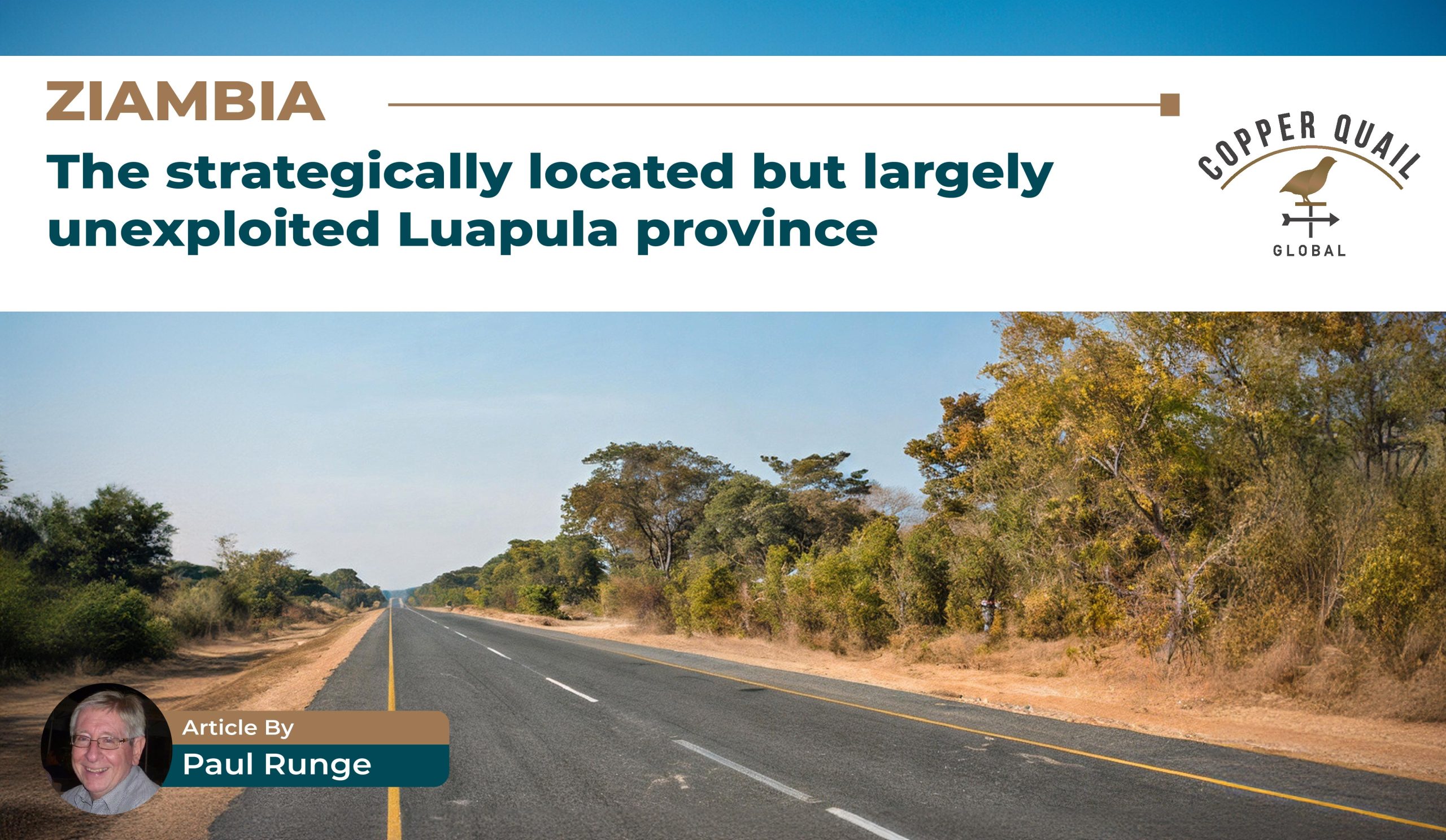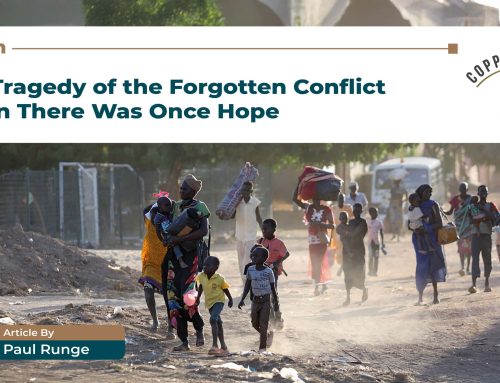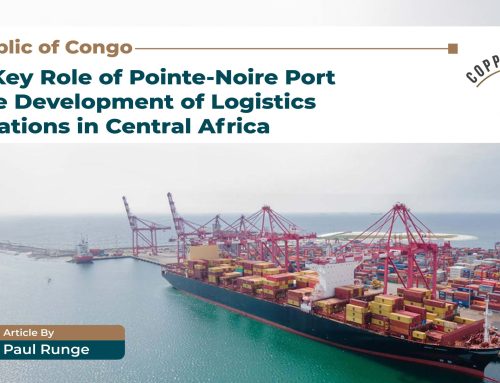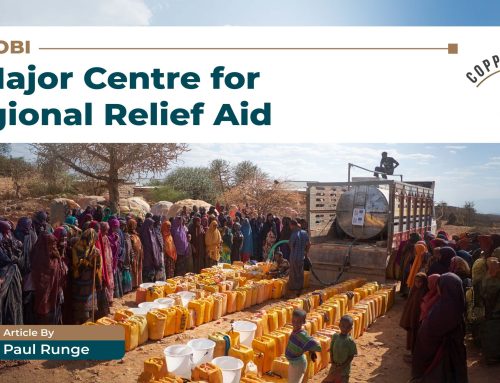ZAMBIA: THE STRATEGICALLY LOCATED BUT LARGELY UNEXPLOITED LUAPULA PROVINCE
A ROAD CONNECTION TO THE RICH COPPERBELT…
The first time I went to Luapula Province in north-eastern Zambia was in 2014. I had heard that it was the ‘province of the future’, with much economic potential. I duly decided to prepare a visit, and later led a business mission there to investigate possible business opportunities for my clients.
To reach the provincial capital of Mansa, my Zambian colleagues and I chose to attempt the new 68-kilometre ‘pedicle’ road. This passage links linking the mining-rich Copperbelt Province with Luapula, following a narrow strip of DR Congo territory that protrudes into Zambia. This weird man-made anomaly was created by the Belgian and British colonials during the scramble for Africa in the late 1800’s. Historical records reveal that the Belgians were particularly keen on accessing rich game resources in the area. After much argument over the border’s definition between their territories, the Brits relented, and the strange land protrusion was agreed upon.
Our arrival at the start of the pedicle road was delayed by some over-zealous and time-consuming shopping by our group in Ndola, Zambia. We crossed from Zambian into DRC territory without difficulty, but only some fifteen kilometres of the road had been completed, and we were further delayed by numerous closures and rough, dirt-road bypasses. This meant that we arrived late evening and well past DRC border official closing time. The Congolese were adamant that we could not cross into Zambia until opening time the next morning. An uncomfortable night’s sleep in our Kombi van seemed a distinct possibility – until our Zambian companions completed some lengthy negotiations with their Congolese neighbours. The gate was duly opened and we were back in Zambia. We crossed a recently-constructed bridge and travelled on a smooth tar road to Mansa.

A PREVIOUSLY MUCH-NEGLECTED PROVINCE WITH MUCH POTENTIAL…
At just over one million people, Luapula has a relatively small population. Despite its considerable resources, it is reportedly Zambia’s second poorest province. Zambian government officials generally acknowledge that the area has received inadequate developmental attention over the years.
Although it supplies some 30% of Zambia’s water, Luapula has the country’s lowest safe water coverage at only about 32%. The hydro power potential is substantial, with three run-of-river projects capable of producing 1 600 MW. The planned 789 MW Luapula Hydro Power Project is receiving considerable donor support and was declared a priority project in the 2017 Southern African Power Pool plan.
Luapula has significant mining potential, and is noted for its manganese production. Attempts to realise larger-scale manganese mining have not met with sustained success due to the vacillation of the global price and the absence of support infrastructure. There is a strong need for a large manganese processing facility. Other minerals found include copper, iron ore, gold, and gemstones.
Agricultural activity is considerable. Maize, sorghum, millet, cassava, soya beans, groundnuts and sweet potatoes are major crops. There have been efforts to establish an agri-industrial base. A cattle ranch as well as a maize milling plant was established. A large rubber plantation awaits further development and processing beneficiation. There are references to ethanol production from the area’s abundant sugar cane and fish cage farming in the province’s lakes.
There are numerous tourism opportunities arising from the province’s lakes, waterfalls and national parks. Lake Bangweulu is receiving much attention and an upmarket lakeside lodge was developed by a local entrepreneur.
There have been attempts to develop a multi facility economic zone at Chembe on the province’s southern border with the DR Congo, but the project is not sufficiently advanced, largely due to a shortage of electricity supply. Proposed projects have included manganese beneficiation and a cassava refinery. In 2018, the Moroccan government was approached for assistance in realising the Chembe MFEZ.
A battery manufacturing plant outside Mansa was closed some years ago. A South African group, 12K Energy will reportedly soon be launching a battery production factory for supply to electric vehicles.
Our business mission undertook a whirlwind of site visits over just a few days. These included the Chemba MFEZ, the Musonda Falls hydro power plant, the new Mansa airport, the old Mansa battery factory, the Genesis manganese mine, the Jimbara milling plant, the Nchelenge rubber plantation, and the Simfya Chita Lodge on Lake Bangweulu. A good number of projects, many of which are stuck in waiting mode.

TWO MAJOR OPPORTUNITIES FOR LUAPULA…
There are two major future opportunities for Luapula Province: supply to Zambia’s rich mining province of the Copperbelt, and supply to the neighbouring DRC Copperbelt provinces.
The Copperbelt Energy Corporation of Zambia and the Africa Finance Corporation recently signed a finance deal for the Luapula Hydro Power Project. Luapula’s hydro power potential can supply much-needed power to the many copper mines in the Copperbelt Province. Transmission lines can now transport power through the short distance of the pedicle.
The Zambian national power utility, ZESCO, has been laying fibre optic cables in Luapula. There is now the possibility of extending communication lines through the pedicle to link with the Copperbelt Province.
In 2015, the Zambian and DR Congo governments announced plans to construct a 1 000 MW hydro power plant on the Luapula River. In July 2022, the two countries officially reconfirmed these plans. The DRC’s Copperbelt suffers from a serious lack of infrastructure including power supply. Hydro power from Luapula can greatly mitigate this challenge for the Congolese.
It was around 2006 when I visited the Dikulushi copper and cobalt mine in the DR Congo at the invitation of the Australian junior miner, Anvil. Our route from the air landing strip to the mine took us past Lake Mweru. The lake lies on the border between Luapula and the DRC Copperbelt area. My hosts proudly pointed to a barge that they had constructed to transport supplies for their mine. “Everything we need, food, equipment, comes from Zambia on the other side of the lake,” they commented.
The DR Congo Copperbelt has almost no industrial base, and the opportunity for a substantial increase in supply from Zambian suppliers and manufacturers awaits.
Bolstering the economy of Luapula Province makes a lot of sense. Watch this space!







